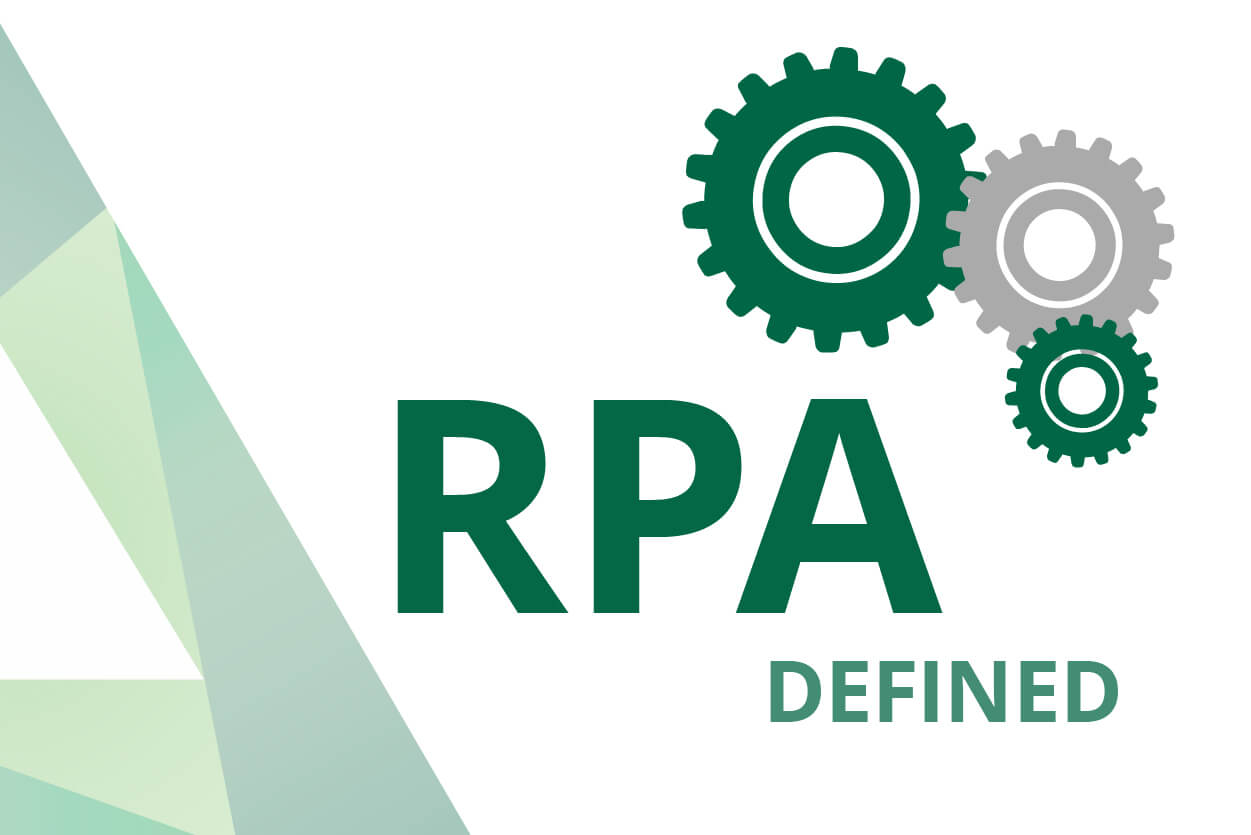Robotic process automation (RPA) may sound like a complicated, high-tech term, but in truth, it’s something you use and encounter every day. Robotics process automation refers to the practice of using technology to perform repetitive tasks that workers were saddled with in the past.
When it comes to RPA, images of robots imagined in science-fiction films is what often comes to mind. In reality, RPA uses software, running on the mobile devices and computers that are already in place in offices everywhere.
This type of automation isn’t designed to replace human workers. Instead, it is set up to take over mundane, repetitive tasks that typically slow down productivity and negatively impact morale. Instead of manually keying every invoice that comes in, for instance, an accounts payable clerk can let the software take care of that task and turn attention toward higher-level duties. But RPA brings a wide range of benefits that give it a promising future in the business world.
The Benefits of RPA
Organizations that have made the switch to RPA have seen immediate benefits. Those benefits continue in the months and years to follow. Here are just a few of the ways automation improves operations.
Cost Savings
Time is money. When you can trust software to take over some of your team’s more time-consuming work, you’ll gradually be able to shift your employees to tasks that grow your business rather than force it to stagnate as your workers just try to keep up.
Reduced Employee Turnover
Happy employees stay around. This means your business gets to enjoy a team full of productive workers, rather than constantly training replacements for unhappy employees who leave.
Improved Insights
RPA solutions come with built-in analytics, which means activities are being tracked. You can use this information to learn more about your vendors and customers, monitor turnaround times, determine staffing needs, and more.
Faster Turnaround
Solutions can speed up transactions, reducing the slowdowns that come from employees processing each item manually.
Better Customer Service
Since your employees are no longer wasting hours on manual activities, they’ll be able to spend their time interacting with customers and vendors. When someone calls to ask for the status of an order or payment, employees can check on it and give a personalized answer, with information usually updated in real-time.
Reduced Liability
When businesses rely on manual input, errors can easily happen. At best, an error is a mild inconvenience. At worst, it puts a business at risk for legal action or serious reputation damage. RPA reduces that risk by eliminating those errors.
The Future of RPA
By 2025, RPA’s economic influence is expected to be near $6.7 trillion, making more of an impact than technologies like 3D printing and cloud technology. Powered by innovations like artificial intelligence and machine learning, RPA has an exciting future. Businesses will have the benefit of software that can take over even more of the daily activities. This means small and midsized businesses can scale their operations long before they have regular cashflow going through their bank accounts.
Robotic process automation is already revolutionizing the way businesses manage everyday tasks. As technology grows more sophisticated, businesses will see even more benefits from the software they use to manage their most repetitive tasks. When software takes over these processes, businesses benefit from decreased costs, reduced errors, and a workforce that is happy to come to work every day.

Robotic Process Automation Myths
The Benefits of Robotic Process Automation
An Overview of RPA – Robotic Process Automation
The Evolution of RPA in Accounting
How RPA is Changing Accounting
Robotic Process Automation: What RPA’s Rapid Growth in Popularity Means for Finance and Accounting


















